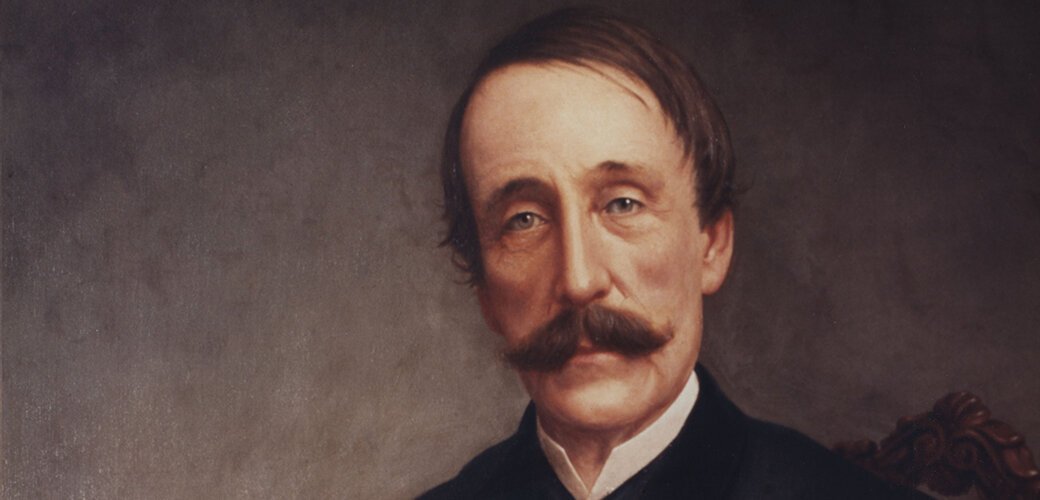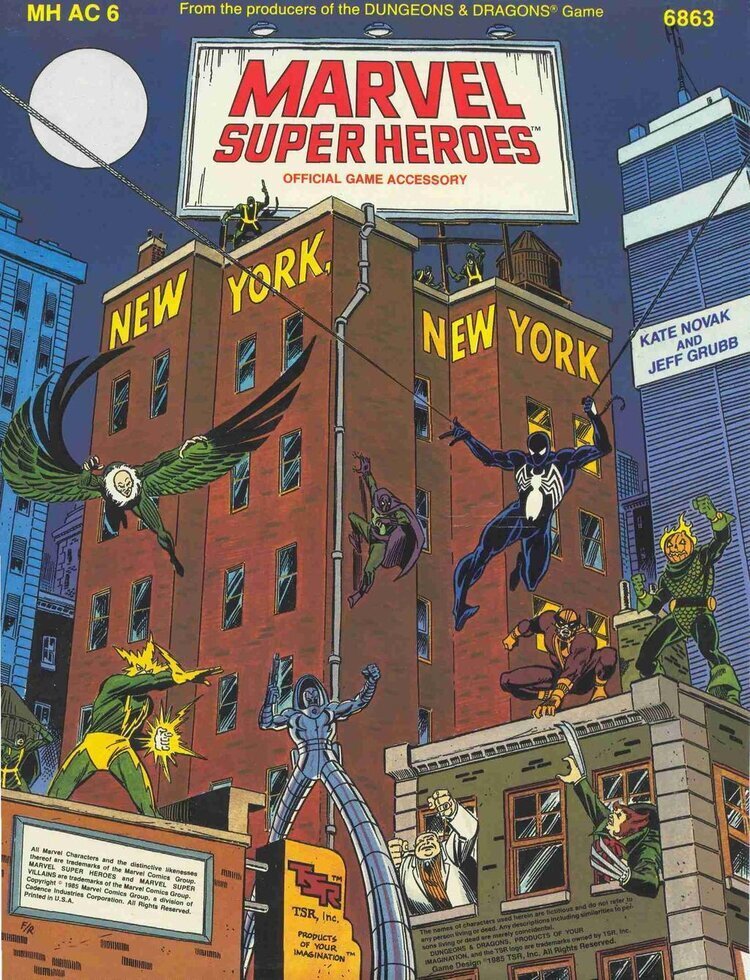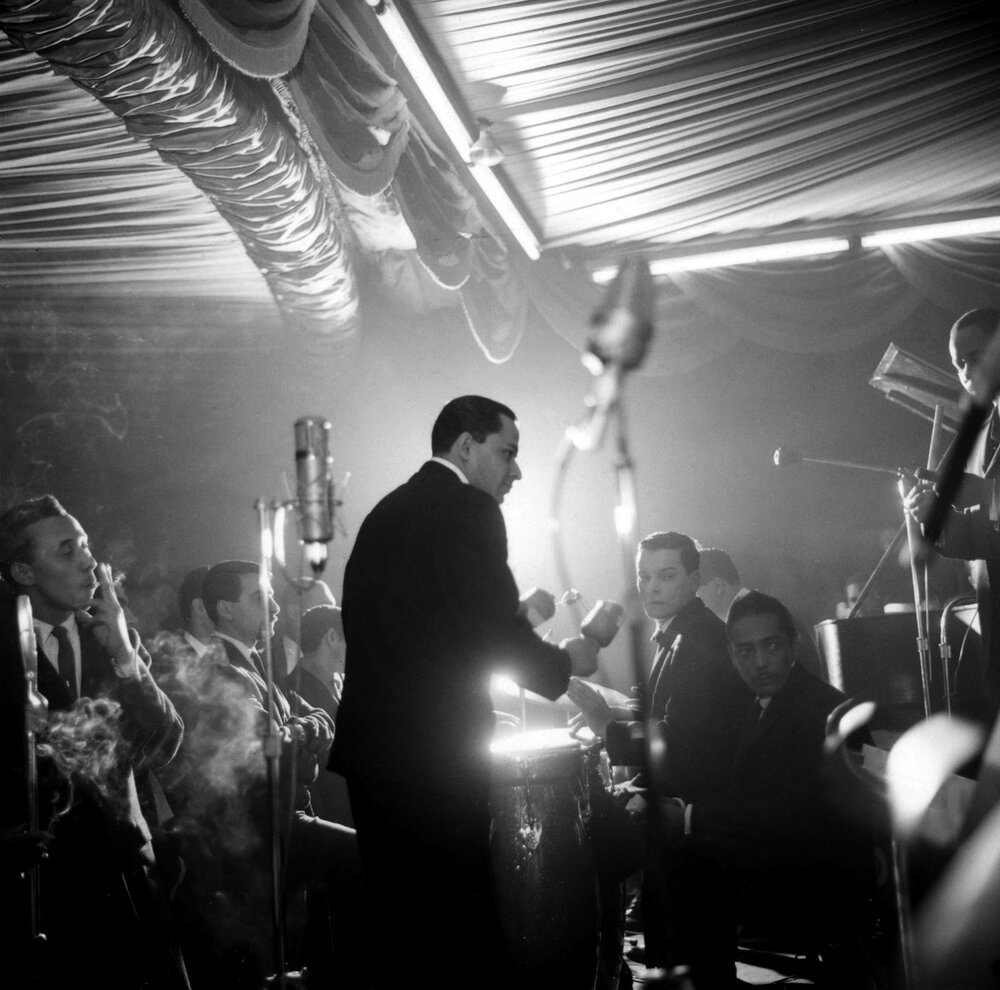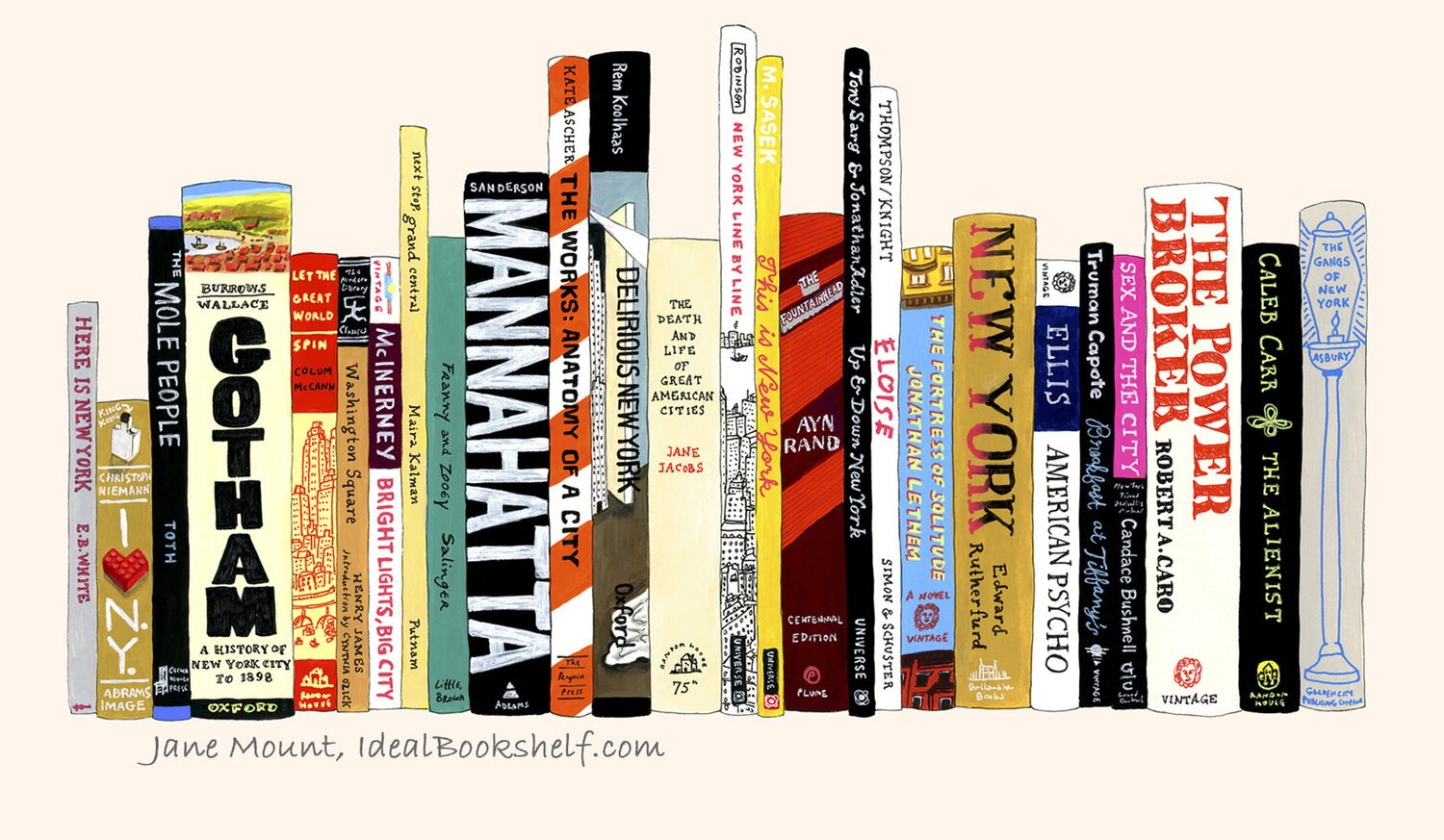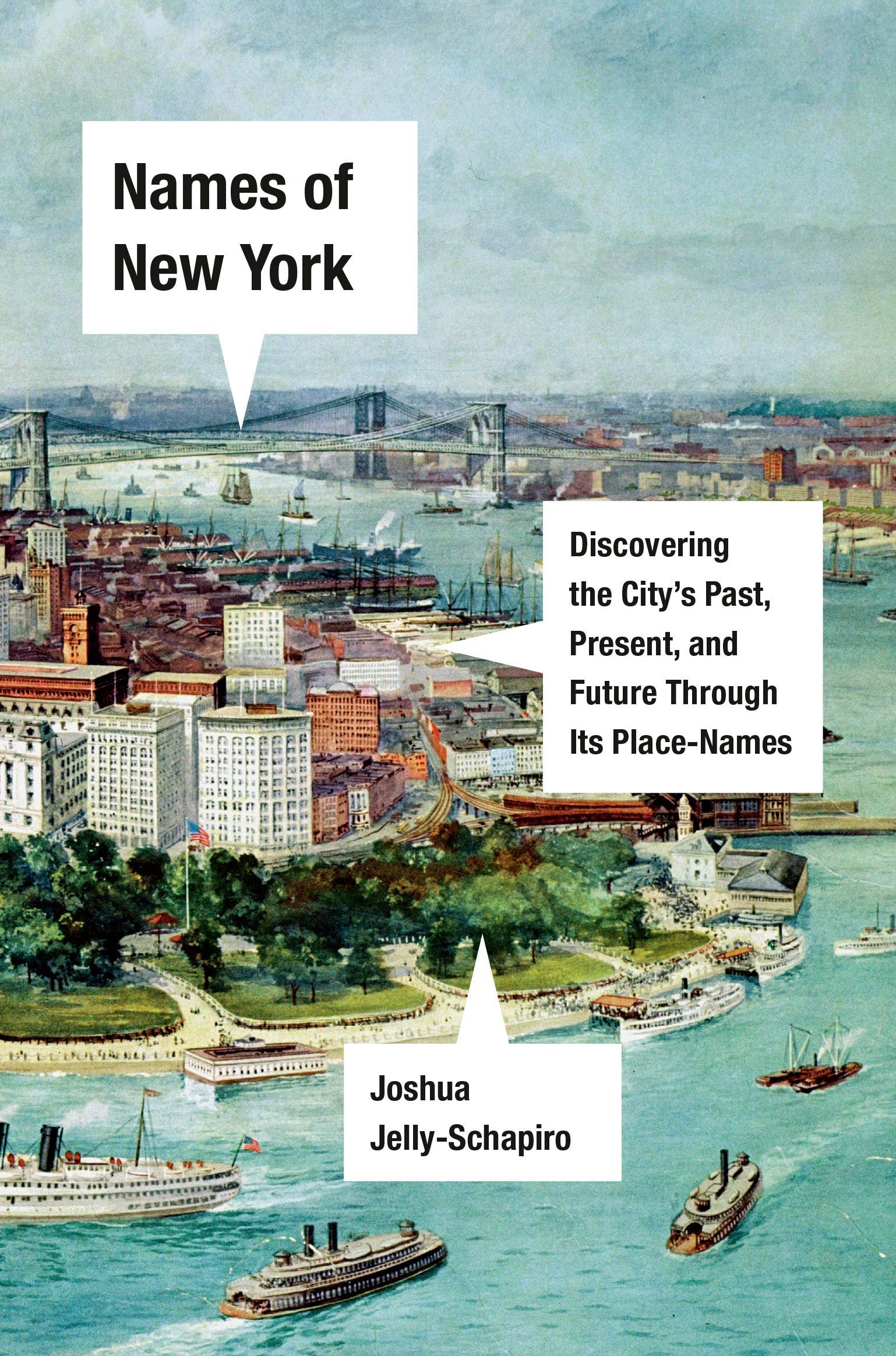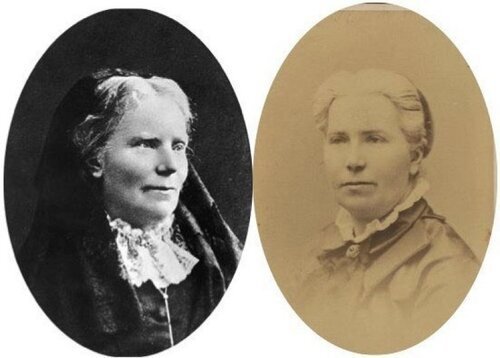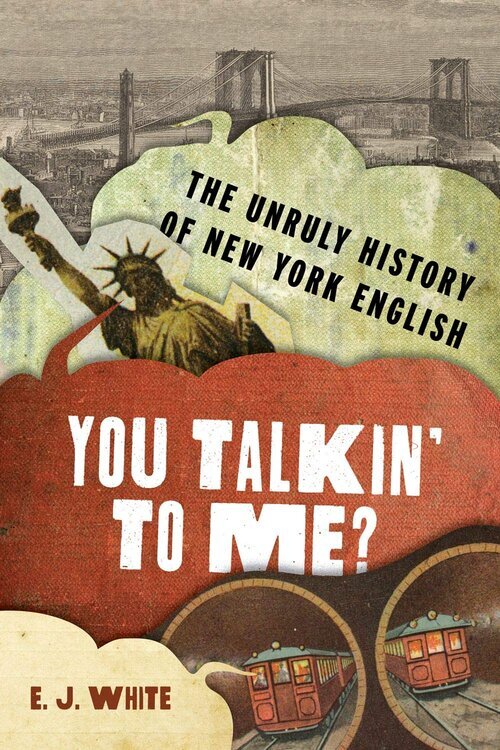Past Events (2010-2020)
Watch Videos of Past Events on Our YouTube Page
Past Events (2021-Present)
Liberty's Chain: The Jay Family, Slavery, and Emancipation
April 18, 2022
The Jays of New York were among the most prominent of Founding Era families. And though John Jay—“central” negotiator of the peace with Britain, first Supreme Court Chief Justice, and co-author of the Federalist Papers—is the best-remembered of the clan, his descendants continued to shape the American republic into the late nineteenth century. In this new multi-generational biography, the historian David N. Gellman shows how the family also embodied the contradictions of the age on the preeminent question of slavery. John Jay served as the inaugural president of New York’s pioneering antislavery society, and his son and grandson embraced radical abolitionism. Neither the scorn of elite peers nor racist mobs deterred their commitment to end the slave power in the South and to combat injustice in the North. But John Jay's personal dealings with African Americans ranged from caring to callousness. And across the generations, even as prominent Jays decried human servitude, enslaved and formerly enslaved people served in their households, living difficult, often isolated, lives that tested their courage and the family's principles. In Liberty’s Chain, Gellman, author of Emancipating New York and coeditor of Jim Crow New York, explores the tension between the personal and the political in this elite family from the colonial and revolutionary eras to the Civil War and beyond, a remarkable story that demonstrates the elusiveness and the vitality of liberty's legacy and speaks directly to our own divided times.
David Waldstreicher, author of Slavery's Constitution and Runaway America: Benjamin Franklin, Slavery and the American Revolution, joins in conversation.
How the British Lost America: NYC and the Years of Military Occupation
April 4, 2022
John Adams famously claimed the War for Independence “was not part of the [American] revolution,” but “only an effect and consequence of it.” Donald F. Johnson challenges this prevailing view in his prize-winning new book, Occupied America: British Military Rule and the Experience of Revolution, the first broad examination of the subject. Building on scholarship that has reframed the struggle as a civil war, Johnson argues that policies and decisions made by the military during the British occupation of various cities alienated colonial supporters of the crown and those who remained neutral (together, a majority of the public), decisively shaping the war’s outcome. In effect, the British lost their authority over the colonies not with the Declaration of Independence or the Continental Army’s victory at Yorktown, but gradually, after losing the hearts and minds of its own base, through its own, highly contingent administration.
No city suffered more or was more important to British victory than New York, its military headquarters during the war and the seat of its Loyalist base. At first, many residents and refugees — especially women and the enslaved, but also free men, rich and poor — saw the occupation as a chance to reinvent their lives. But as the months turned into seven long desperate years, the military dictatorship, and the harsh material circumstances it produced, forced colonials to grapple with their allegiances in very personal ways. Even the most loyal subjects to embrace illicit means just to feed and shelter themselves. They increasingly developed rebel ties for the same reasons. By the war's end, few Loyalists even saw the restoration of British rule as a viable option.
Brett Palfreyman, a Robert D.L. Gardiner fellow at the Gotham Center writing the first major book on the 400,000 Loyalists who remained after the war, joins in conversation.
After the Fiscal Crisis: NYC and the Path to Neoliberalism
March 17, 2022
By the end of World War II, New York City had established itself as the “capital of the world,” the financial and manufacturing headquarters of a nation taking home a staggering 50 percent of global GDP. Just twenty years later, however, newspaper headlines declared that Gotham was in trouble. The press depicted a metropolis overcome by poverty and crime, unmanageable bureaucracy and ballooning deficits. Middle-class residents had fled to nearby suburbs, and more than a million poor black sharecroppers, Puerto Ricans, and others had moved into the boroughs, while many factories had left for the low-wage South. By the mid-1970s, New York faced bankruptcy—like many deindustrializing northern cities. But as the birthplace of the New Deal and the leading postwar “island of social democracy,” it became the preeminent symbol of liberalism run amok in bipartisan national debates over the roots of the “urban crisis” and the proper response to “stagflation” and the new era of low growth, international competition, and globalized production.
In The Long Crisis: New York City and the Path to Neoliberalism, Benjamin Holtzman reexamines this transformative period and locates the collapsing faith in government and the shift to “market-based solutions” not in the growing power of business and conservatism at the national level, emphasized in most accounts, but in the efforts of liberals in northern Democratic cities to preserve public services. Block associations, non-profits, and professional organizations championed an ethos of volunteerism to save New York’s streets, parks, and housing from neglect, and then came to embrace partnerships with the private sector as the answer to the city’s problems, viewing such alliances not as stopgap measures but as legitimate and ultimately permanent features of modern urban governance. The new system would exacerbate old inequalities and produce new ones in metropolitan regions across the US, but the outsourcing of government responsibilities to business and non-profits was driven less by the assault of pro-market ideologues, Holtzman argues, than by ordinary New Yorkers experimenting with novel ways to maintain robust public services in the face of the city's budget woes. “Neoliberalism” was built from the ground up.
John Krinsky, co-author of Who Cleans the Parks? Public Work and Urban Governance in New York City, joins in conversation.
The Liberal Party, and the Rise and Fall of Social Democracy in NYC
March 1, 2022
Although the US has often been referred to as the “graveyard for third parties” because of its unique electoral system, third parties have played a major role in US history; introducing and elevating such issues as the abolition of slavery, women’s suffrage, direct elections, the income tax, shorter working hours, child labor regulation, farm aid, unemployment insurance, and more. In the past few decades, they have made a return to American political life, too, with support for a national third party reaching its highest level in recent polls, a solid majority.
In this new book, Left in the Center: The Liberal Party of New York and the Rise and Fall of American Social Democracy, Daniel Soyer examines perhaps the most successful third party of the last century, New York City’s Liberal Party, which for decades after World War II served as kingmaker in the Empire State, helping elect not just mayors and governors, but senators and presidents, too. Established as a platform for anti-Communist social democrats in the mid-1940s, when talk of a national labor party was still in the air, it was essential to the success of Democratic reformers as well as liberal Republicans. But although it became a model for influential third parties on both the right (e.g., Conservatives) and the left (e.g., Working Families), it eventually devolved into what some viewed as a cynical patronage machine, even contributing to the mayoralty of Rudy Giuliani. Soyer, a Professor of History at Fordham University, provides a long-overdue and thorough account of its complicated legacy in this authoritative new work.
Micah Sifry, author of Spoiling for a Fight: Third-Party Politics in America, joins in conversation.
The Great Disappearing Act: The Germans of NYC
February 15, 2022
Where did all the Germans go?
By the early 1900s, New York City had one of the largest German-speaking populations in the world, and the largest in the United States. It became increasingly diverse economically and dispersed geographically, as second- and third-generation descendants from the 1840s-50s wave began moving out of the Lower East Side, America’s first Kleindeutschland (Little Germany), moving uptown to Yorkville, and into Ridgewood, Glendale, and other neighborhoods in the outer boroughs. It was already in transition culturally when the anti-German campaign of World War I erupted.
In her new book, The Great Disappearing Act: Germans in New York City, 1880-1930, Christina Ziegler-McPherson takes a close look at the community before its ultimate assimilation, arguing that when confronted with the “One Hundred Percent Americanism” of the Great War, German Americans sought to make themselves invisible while still existing as a community. The book sheds new light on one of the largest urban ethnic concentrations in the US, one which has often been overlooked. A museum curator, visiting researcher at the Deutsches Schifffahrtsmuseum in Bremerhaven, Germany, and PhD, Ziegler-McPherson is the author of Selling America: Immigration Promotion and the Settlement of the American Continent, 1607-1914.
Ilona Stölken, a freelance journalist and scholar of 19th and 20th c. German and European cultural history, joins in conversation.
A History of Slavery and Resistance in New Amsterdam
November 22, 2021
In her new book, Spaces of Enslavement, Andrea C. Mosterman addresses the persistent myth that the Dutch were more humane slaveowners. Investigating practices in New Netherland and the founding colony that became New York, the historian of the early US and Atlantic world shows that slavery in the old city held much in common with the southern plantation. Detailing how the movement of enslaved persons was controlled in both homes and public spaces like workshops, courts, and churches, the work also explores how the enslaved responded by escaping from or modifying those spaces. Stretching across the 17th and 18th centuries, Mosterman interrogates how the region's Dutch communities engaged in a daily struggle with Black New Yorkers who consistently found ways to resist oppression and claim spaces of freedom.
Nicole Maskiell, the author of a forthcoming book examining the social and kinship networks intertwining enslavers and the enslaved in the development of elite northern culture, joins in conversation.
Patriotism and Profit: Washington, Hamilton, Schuyler & the Rivalry for America's Capital City
November 4, 2021
Contrary to popular understanding, Susan Nagel argues In this invigorating new book, Thomas Jefferson was not even a minor player at the dinner table bargain known as The Compromise of 1790. The real protagonists were America’s new president George Washington and New York’s Senator Philip Schuyler, who engaged in a battle that would uniquely separate the nation’s financial from its political capital. Nagel, the author of Marie-Therese, Child of Terror as well as a critically study of Jean Giraudoux, vividly depicts the City in the days when it served as the first seat of government. Nagel captures the spirit, speech, and sensibility of the era in full and entertaining form, introducing readers to New York’s eighteenth-century movers and shakers, as colorful and fascinating as their counterpart power-brokers today. Delicious political intrigue and scandalous gossip between the three competing alpha personalities—Washington, Schuyler, and the irrepressible Alexander Hamilton—make this a powerful, resonant story, reminding us that our Founding Fathers were brilliant but often flawed human beings.
Alexis Coe, author of the bestseller You Never Forget Your First: A Biography of George of Washington, joins in conversation.
A Traitor to His Species: Henry Bergh and the Birth of the Animal Rights Movement
October 25, 2021
In the Gilded Age city, people and animals lived cheek-by-jowl in environments that were dirty and dangerous to both. Industrialization brought suffering, but also inspired a new compassion that gave birth to the early animal rights movement. At the center of these highly controversial debates stood Henry Bergh, the New Yorker who launched a shocking campaign to stop animal cruelty. In this new biography, the award-winning historian and distinguished professor at the University of Tennessee Ernest Freeberg provides a revelatory social history of the man who founded the American Society for the Prevention of Cruelty to Animals (ASPCA). Awash in colorful characters, A Traitor to His Species recounts the activist’s battles with robber barons, Five Points gangs, and legendary impresario P.T. Barnum, as as Bergh, cheered on by thousands of men and women in this new cause, pushed for laws to protect trolley horses, livestock, stray dogs, and other animals.
Janet Davis, Professor of American Studies at University of Texas at Austin and author of The Gospel of Kindness: Animal Welfare and the Making of Modern America, joins in conversation.
New York City in Comics
October 19, 2021
Come join our friends at Untapped New York for this free introduction to a new GothamEd course, New York City and Comics: Examining the 'Special Relationship'.
When you think of comics, you probably think of New York, too. And that’s no accident. The city has often been the setting for writers and stories in this genre, in part because it was for so many decades a central node for segments of the industry. In this Insiders event, you’ll learn more about this history, in conversation with Martin Lund, an historian at Malmö University in Sweden, whose research explores the representation of New York City in comics and the ‘special relationship’ between NYC and comics, so often suggested in fandom, pop culture, and scholarship. Conversation will be led by Peter-Christian Aigner, Director of The Gotham Center for New York City History, and Untapped New York’s Chief Experience Officer Justin Rivers.
New York and the International Sound of Latin Music
October 14, 2021
New York has long been a nexus of the transnational Latin music scene. Nowhere else do so many players from throughout the Caribbean come together to perform. In this new study of the years between the start of WWII and the end of the century, Benjamin Lapidus gathers all the musicians in the city under one mighty sound, including many who have gone unnoticed. While interrogating the forces of segregation and discrimination, the Grammy-nominated musician and John Jay College professor finds that music was often a unifying social force. And by focusing on those who bridged the gap between cultural and musical backgrounds, Lapidus spotlights the impact of all the ethnic groups who changed song and composition in New York, and well beyond.
Jairo Moreno, Associate Professor of Music at the University of Pennsylvania, joins in conversation.
Ellis Island: A People's History
September 28, 2021
In her new book, Malgorzata Szejnert, arguably Poland’s greatest living writer, provides a dramatic, multi-vocal account of the agonies and ecstasies that played out in the walls of Ellis Island. This is a history of those who came, and those turned away, weaving together the personal experiences of the forgotten and remembered, as well the doctors, nurses, commissioners, interpreters, social workers, and chaperones who controlled the fates of the émigrés—often basing their decisions on pseudo-scientific ideas about race, gender, and disability. Brought to life by a master storyteller, it is a compelling new social history of an iconic place that reshaped the United States, focused on allowing the people to speak for themselves.
Sean Gasper Bye, a translator of Polish, French, and Russian literature and winner of the 2016 Asymptote Close Approximations Prize, joins in discussion.
This event was presented in collaboration with The Polish Cultural Institute New York.
Exploring NYC History with The Gotham Center
September 22, 2021
We're excited to announce our new partnership with Untapped New York with this introduction to GothamEd!
Explore the five boroughs from the comfort and safety of your own home in this virtual talk on GothamEd, the new online adult education series from the Gotham Center. The conversation will be led by Justin Rivers, Untapped New York’s Chief Experience Officer and will feature the Gotham Center’s director Peter-Christian Aigner, along with brief talks by some of the program’s fall instructors: Russell Shorto, author of the bestselling history of New Amsterdam, the original Dutch colony, Island at the Center of the World; and Susan Goodier, author of No Votes for Women and Women Will Vote, now working on a book entitled, "Networks of Activism: Black Women in the New York Suffrage Movement.”
Names of New York: Discovering the City’s Past, Present, and Future Through its Place-Names
May 13, 2021
In place-names lie stories. That’s the truth that animates Names of New York, a fascinating journey through the names of the city’s streets and parks, boroughs and bridges, playgrounds, and neighborhoods. Exploring the power of naming to shape experience and our sense of place, Joshua Jelly-Schapiro traces the ways in which native Lenape, Dutch settlers, British invaders, and successive waves of immigrants have left their marks on the city’s map. He excavates the roots of many names, from Brooklyn to Harlem, that has gained iconic meaning worldwide. He meets the last living speakers of Lenape, visits the harbor’s forgotten islands, and lingers on street corners named for ballplayers and saints. As recent arrivals continue to find new ways to make New York’s neighborhoods their own, the names that stick to the city’s streets function not only as portals to explore the past but also as a means to reimagine what is possible now.
Joshua Jelly-Schapiro is a geographer and writer whose books include Island People: The Caribbean and the World and (with Rebecca Solnit) Nonstop Metropolis: A New York City Atlas. A regular contributor to The New York Review of Books, his work also appears in The New Yorker, The New York Times, and Harper’s Magazine, among many other publications. He is a Scholar in Residence at the Institute for Public Knowledge at NYU, where he teaches.
Discussants: Ross Perlin is Co-Director of the Endangered Language Alliance, and the 2021-22 Robert D.L. Gardiner Fellow at the Gotham Center, completing the first major linguistic history of New York City. Garnette Cadogan is the 2020-2021 Harry W. Porter, Jr. Distinguished Visiting Professor at the School of Architecture at the University of Virginia, where he is also a Fellow at the Institute for Advanced Studies in Culture.
The Doctors Blackwell: How Two Pioneering Sisters Brought Medicine to Women and Women to Medicine
April 27, 2021
In 1849, Elizabeth Blackwell ― the first woman in America to receive an MD — founded the first hospital staffed entirely by women, in New York City, together with her sister Emily. Both were tenacious and visionary, but their convictions did not always align with the emergence of women’s rights―or with each other. In this new dual biography, Janice P. Nimura finally gives them both their due. Megan Marshall, the Pulitzer-winning historian, raves: The Doctors Blackwell “should be required reading in all medical schools, indeed for anyone who has ever consulted a doctor. This rousing story… is also a history of American medicine — how it was practiced and by whom.”
Deirdre Cooper Owens, Director of the Humanities in Medicine Program at the University of Nebraska-Lincoln, and the award-winning author of Medical Bondage: Race, Gender and Origins of American Gynecology, joins in conversation.
The Last Slave Ships: NYC and the Illegal Years of the Atlantic Trade
April 8, 2021
In The Last Slave Ships: New York and the End of the Middle Passage, John Harris looks at how the City became one of the last major hubs for the illegal transatlantic slave trade, in the 1850s and ‘60s. Long after the oceanic business was outlawed by every major slave-trading nation, merchants were sending hundreds of ships from American ports to the African coast. The key instigators were traders who moved to New York City after the shuttering of the massive trade in Brazil. These traffickers were determined to make lower Manhattan a key hub in the illegal trade with Cuba. Collaborating with allies in Africa and Cuba, they ensnared around two hundred thousand men, women, and children. Harris explores how the U.S. government went from ignoring, and even abetting, this illegal trade to helping to shut it down completely in 1867.
Gunja Sengupta, author of From Slavery to Poverty: The Racial Origins of Welfare in New York, 1840-1918, joins for this conversation.
James Beard, NYC, and the Closeted Life of the Dean of American Cuisine
March 23, 2021
Eating has become one of New York City’s central social experiences. But it was not so long ago that the very idea of ‘American cuisine’ raised eyebrows and summoned chuckles. That changed dramatically because of chefs like James Beard, the "Dean of American Cookery." In this new portrait from John Birdsall, we learn far more about the private life of the adopted New Yorker, who helped make the City an international restaurant capital. The Man Who Ate Too Much provides an illuminating history of American food in the twentieth century, profiling this “larger than life” host of one of the first television cooking shows, who flouted the rules of publishing with recipes and stories that laid the groundwork for how we cook and eat today. The book also explores the “semi-secret queer life of America’s most celebrated cook,” who remained closeted until late in his career because discovery meant professional ruin and very likely jail, not to mention upsetting the gender politics of the kitchen.
Annie Hauck, former President of the Association for the Study of Food and Society, co-editor of Gastropolis: Food and New York City and author of My Little Town: A Brooklyn Girl's Food Voice, joins for this conversation.
New Yawk Tawk: How the Local Vernacular Became American English, and Then Didn't
March 8, 2021
Usually, popular speech in a nation’s cultural and economic headquarters becomes the defining vernacular for the rest of the country. But not in the US. In her new book, You Talkin’ to Me?, linguist E.J. White attempts to explain why, recovering that period in American history when “cultivated American speech had a New York sound” — dominating stage, radio, and film, heard regularly in the President’s fireside chats, even taught by vocal coaches, until… it didn’t. During the late 19th and early 20th century, the largely Jewish and immigrant bards of Tin Pan Alley, writers of the Algonquin roundtable, early Hollywood, and other powerfully influential quarters of elite culture taught Americans how to speak. But after the nation sealed its borders, the Ivy League and other universities began limiting the growing influx of New Yorkers, the city’s own schools moved to rid children of their parents’ accents, filmmakers turned “New Yawk tawk” into something comical, and broadcasters like Edward Murrow replaced the City’s English with Midwestern speech as the “standard” US accent. New York has continued to be a “great factory of language” thanks to massive cultural infusions like hip hop. But as White argues in this rollicking phonetic history— full of interesting trivia, “unburdened by nostalgia, and… never obscured by a scrim of schmaltz” (Wall Street Journal) — America has become distinct for its unofficial capital’s lack of influence over the national language.
Michael Newman, author of New York City English and co-PI of CUNY’s Corpus of New York City English Project, serves as discussant.
New York 2021: Crisis as History
February 16, 2021
Conditions worldwide form a triple crisis of unprecedented scope and fury: a crisis of economy, public health, and the natural environment. Devastated by the COVID-19 pandemic and an outward migration of residents and work, cities face extraordinary risks. While pundits ask polemically if the city is “dead,” serious scholars ponder the future of urban agglomerations. New York, the largest U.S. urban center, occupies the eye of the American storm. Between the inauguration of the Biden administration and citywide elections in November, New Yorkers must confront the existential challenges of the urban condition with practical discussions: What scope for action does this city really have? Which precedents, from the New Deal to the 2008 financial crisis, can it draw upon to solve economic, health, and ecological problems? How can the city’s social and cultural communities move new ideas forward without losing ground to special interests and power brokers who represent the past?
Panelists:
Kim Phillips-Fein, Professor of History, New York University; author, Fear City: New York's Fiscal Crisis and the Rise of Austerity Politics
Destin Jenkins, Assistant Professor of History, University of Chicago; author, The Bonds of Inequality: Debt and the Making of the American City (forthcoming)
Ronnie Lowenstein, Director, Independent Budget Office of the City of New York (2000-Present)
Adam Tooze, Professor of History / Director of European Institute, Columbia University; author, Crashed: How a Decade of Financial Crises Changed the World
Moderator: Sharon Zukin, Professor Emerita of Sociology at Brooklyn College and The Graduate Center, CUNY and of Earth and Environmental Sciences at The Graduate Center, CUNY; author, The Innovation Complex: Cities, Tech, and the New Economy.
How Tammany Democrats (and Republicans) Pioneered "Honest Graft" in America
February 4, 2021
In the 1930s, Matthew Josephson famously described the Senate of the late 19th and early 20th century as “The Millionaire’s Club,” for its dominant, wealthy members, closely allied to major industries. Congress now boasts a larger percentage of the “superrich” than ever before, and growing fast in the leadership of both parties. But it was George Washington Plunkett, “bard of Tammany Hall” (New York’s Democratic machine), who explained much earlier what had fueled this development at the state and municipal level: “honest graft.”
As early as the 1850s, government itself emerged as a major source of garnering wealth in America, producing some of the nation’s earliest millionaires. Yet we know shockingly little about how the generally middle- and even working-class men who joined the Club via Tammany-style “public service” acquired their millions. In Electoral Capitalism: The Party System In New York's Gilded Age, political scientist Jeffrey D. Broxmeyer takes a fresh look at the city and state in the late 1800s, arguing that Democrat and Republican officeholders pioneered the ways of using modern government to get rich—not only by making legal, if corrupt, deals with leaders of national trade, finance, and industry, but promising benefits that mobilized working-class voters, a dualism that effectively help stitch together, or “nationalize,” the American “party system.”
Thomas Ferguson, Director of Research at the Institute for New Economic Thinking and Senior Fellow at the Roosevelt Institute, best known for his “investment theory of party competition,” joins in conversation.








